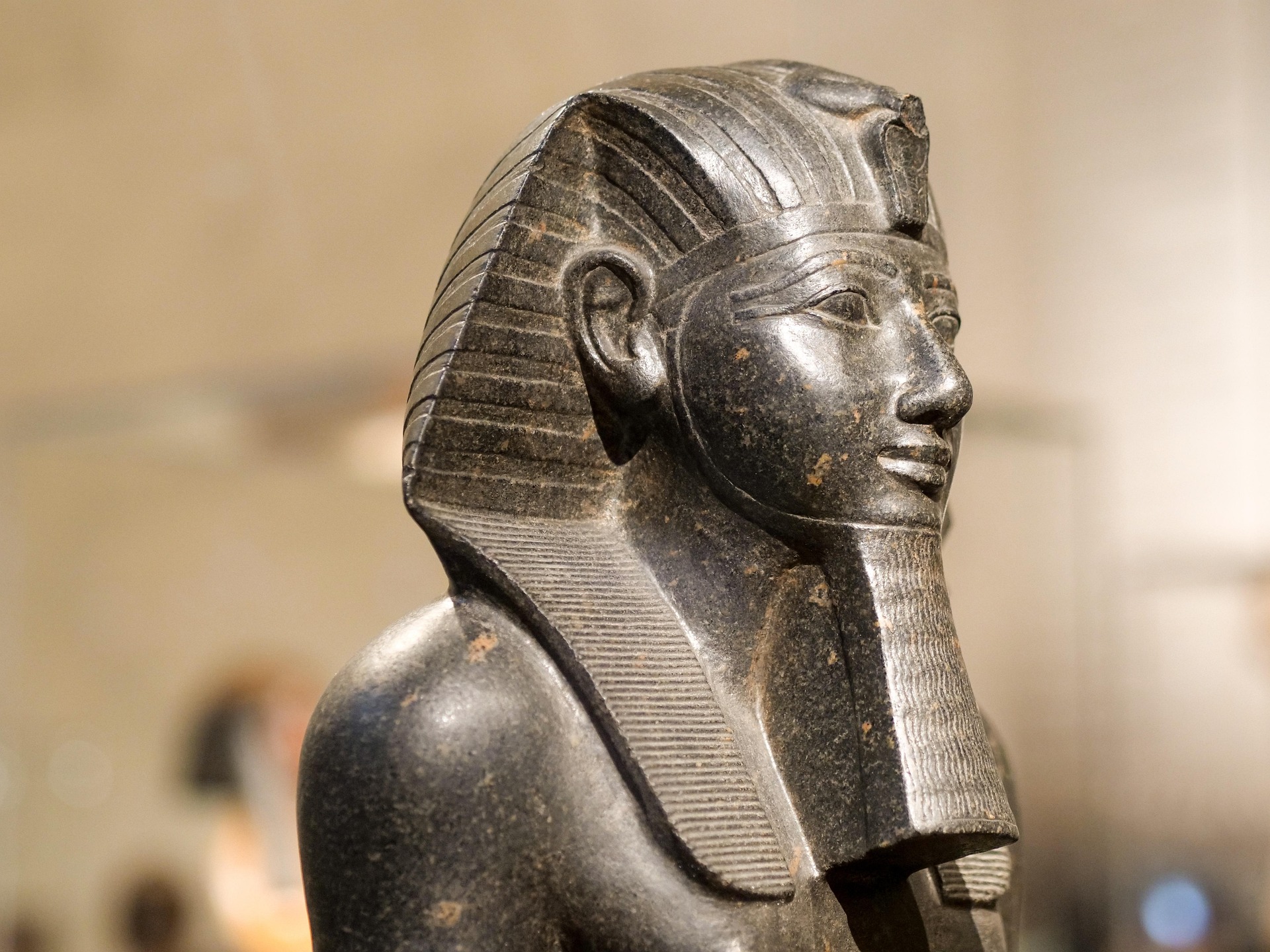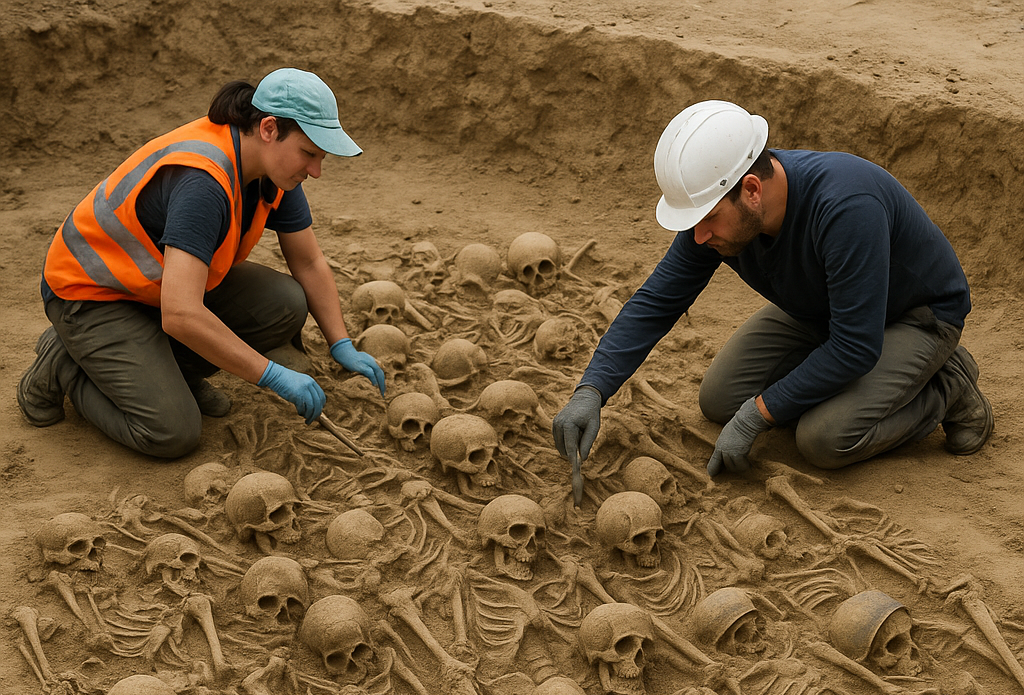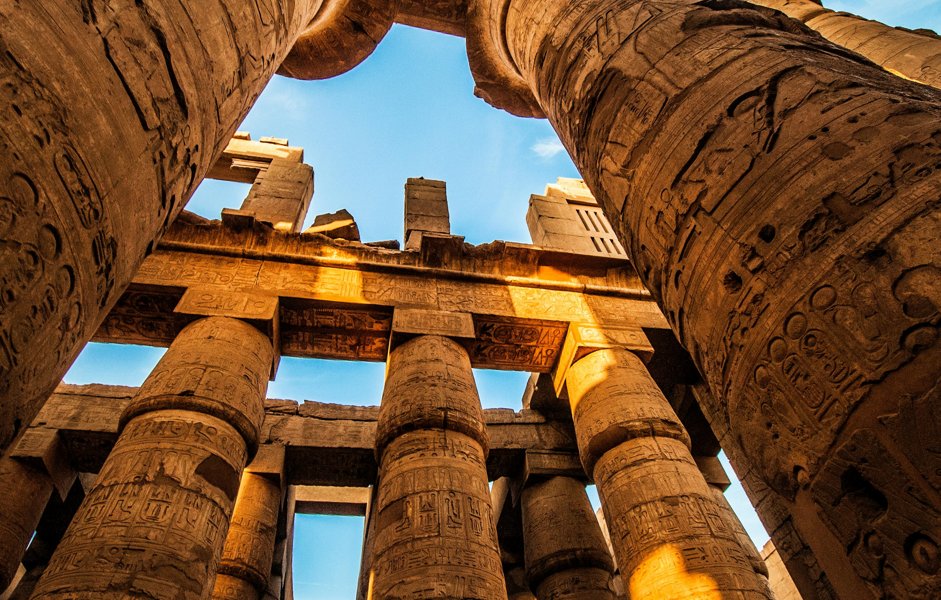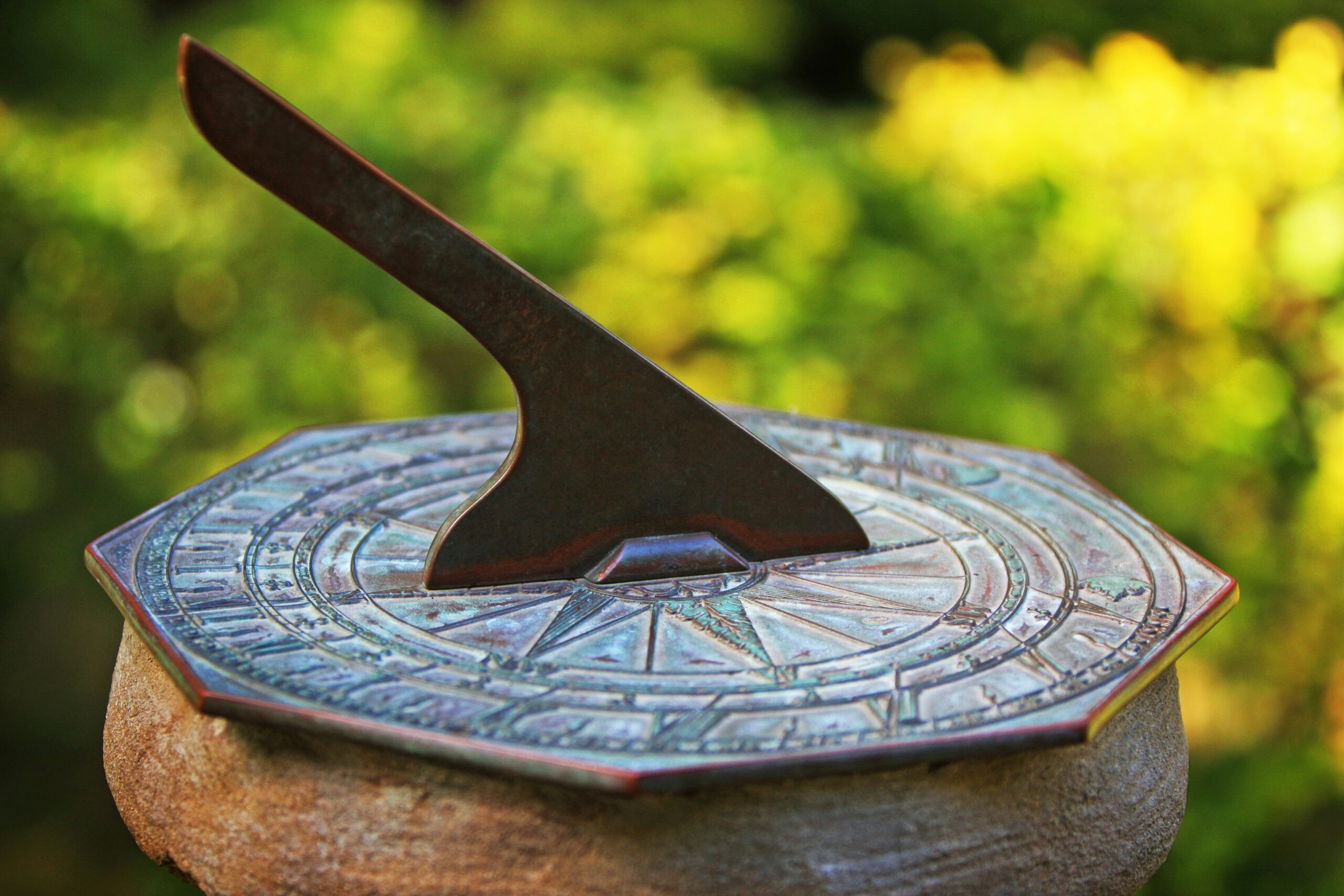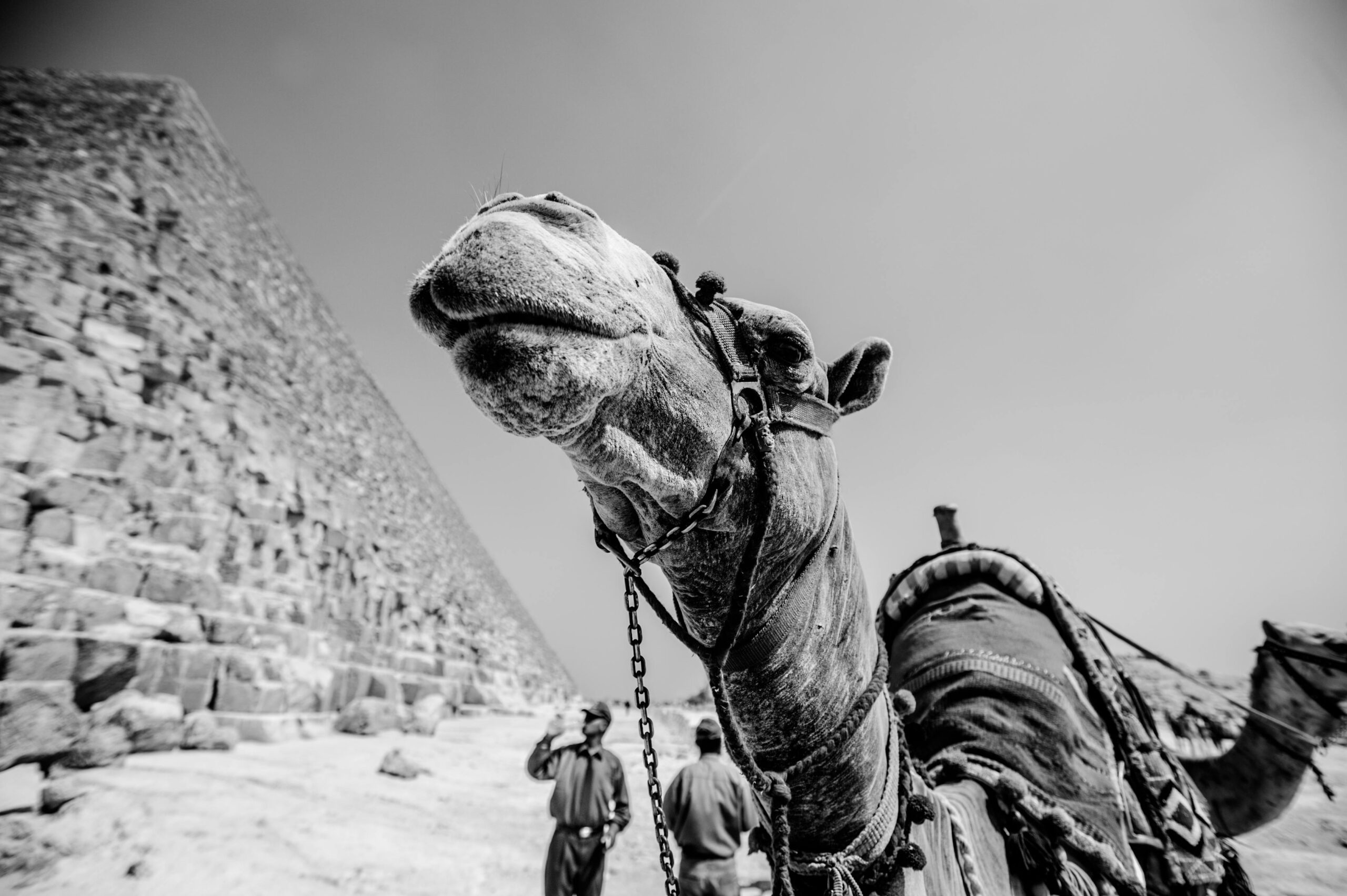In February 2025, archaeologists announced the groundbreaking discovery of the tomb of Pharaoh Thutmose II, marking the first unearthing of a royal Egyptian tomb since Tutankhamun’s in 1922. This monumental find offers profound insights into ancient Egyptian history and burial practices, potentially reshaping our understanding of the 18th Dynasty.
The significance of the discovery
Thutmose II, who reigned around 1493–1479 BCE, was a lesser-known pharaoh of Egypt’s illustrious 18th Dynasty. The discovery of his tomb is particularly significant as it was the last missing royal tomb of this dynasty, which ruled between 1550 and 1292 BCE. This find not only fills a critical gap in the historical record but also provides a rare opportunity to study the burial customs of a pharaoh whose reign has been somewhat enigmatic.
Unveiling the tomb
The tomb was located in the Western Wadis near Luxor, an area adjacent to the renowned Valley of the Kings. Initially, the team, led by British archaeologist Dr. Piers Litherland, believed the tomb belonged to a royal consort due to its location. However, upon further excavation, they discovered architectural features and decorative elements indicative of royal significance. Notably, the tomb’s ceiling was adorned with scenes from the Amduat, a funerary text reserved exclusively for pharaohs, confirming its royal status.
Artifacts and inscriptions
Inside the tomb, archaeologists found fragments of alabaster jars bearing inscriptions with Thutmose II’s name, further substantiating the tomb’s ownership. These artifacts provide valuable insights into the funerary practices and material culture of the time. However, the tomb had suffered significant damage due to ancient flooding, which had led to the removal and relocation of many original contents, including the pharaoh’s mummy.
The mystery of the missing mummy
The absence of Thutmose II’s mummy in the newly discovered tomb raises intriguing questions. Historical records indicate that his mummy was previously found in 1881 within a royal cache in Deir el-Bahari, suggesting it had been moved in antiquity, possibly to protect it from tomb robbers. This relocation underscores the challenges ancient Egyptians faced in preserving royal remains and highlights the complex history of tomb reuse and looting.
Implications for Egyptology
This discovery is hailed as one of the most significant in recent years, offering a wealth of information about the 18th Dynasty’s burial practices, art, and architecture. It provides scholars with a unique opportunity to study a royal tomb in detail, enhancing our understanding of this pivotal period in ancient Egyptian history. Furthermore, the find may prompt a reevaluation of existing theories regarding royal burials and the political dynamics of Thutmose II’s reign.
Future prospects and challenges
While the discovery of Thutmose II’s tomb is a monumental achievement, it also presents new challenges and avenues for research. The team, led by Dr. Litherland, speculates that there may be a second, intact tomb of Thutmose II yet to be found, which could potentially house additional artifacts and offer further insights into his reign. Future excavations will focus on locating this elusive burial site and exploring the surrounding area for related structures.
Additionally, the preservation and conservation of the discovered tomb pose significant challenges due to the damage sustained from ancient flooding and the passage of time. Archaeologists and conservators will need to employ advanced techniques to stabilize the site and protect its invaluable contents for future study and public display.
As research continues, the discovery of Thutmose II’s tomb stands as a testament to the enduring allure of ancient Egypt and the relentless pursuit of knowledge that drives the field of archaeology.

